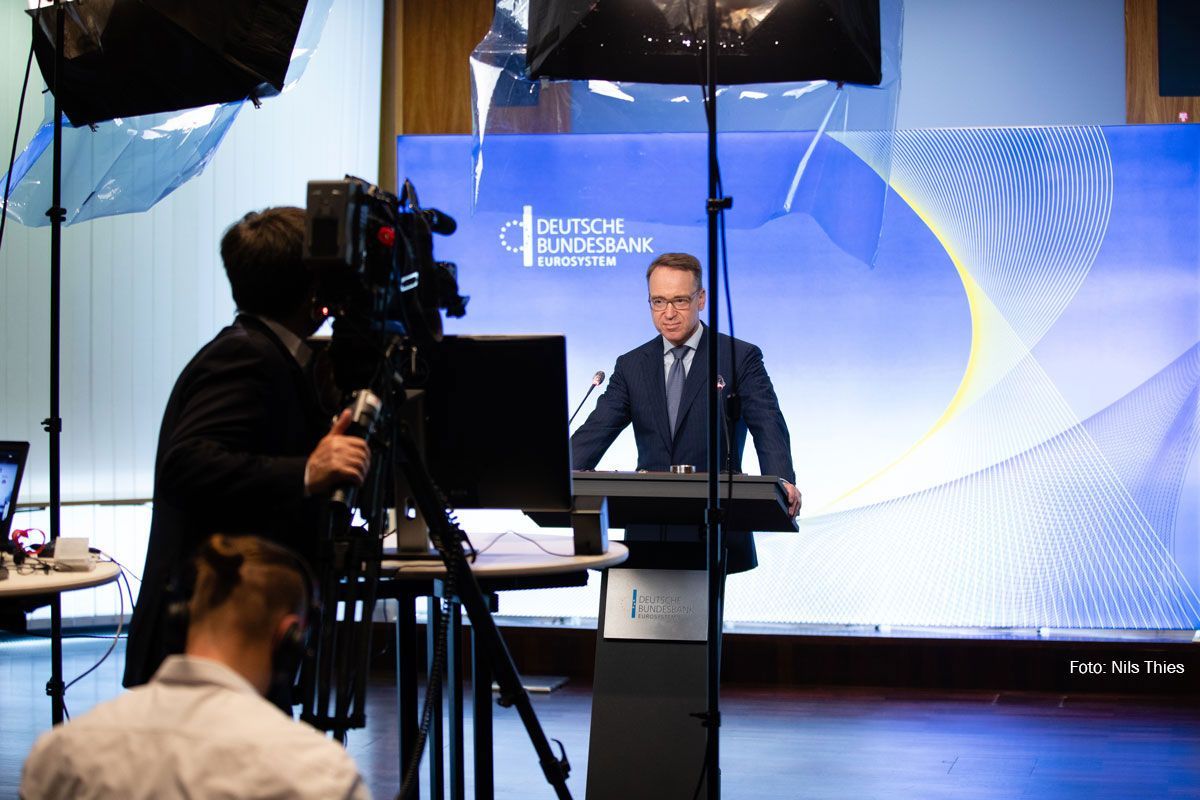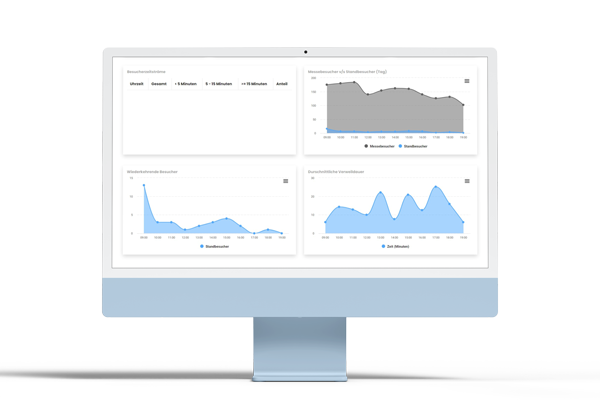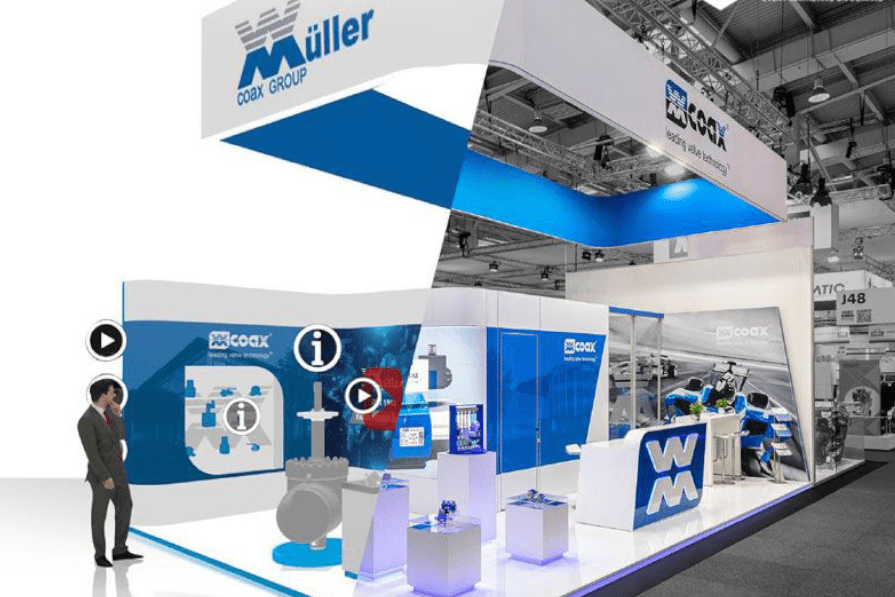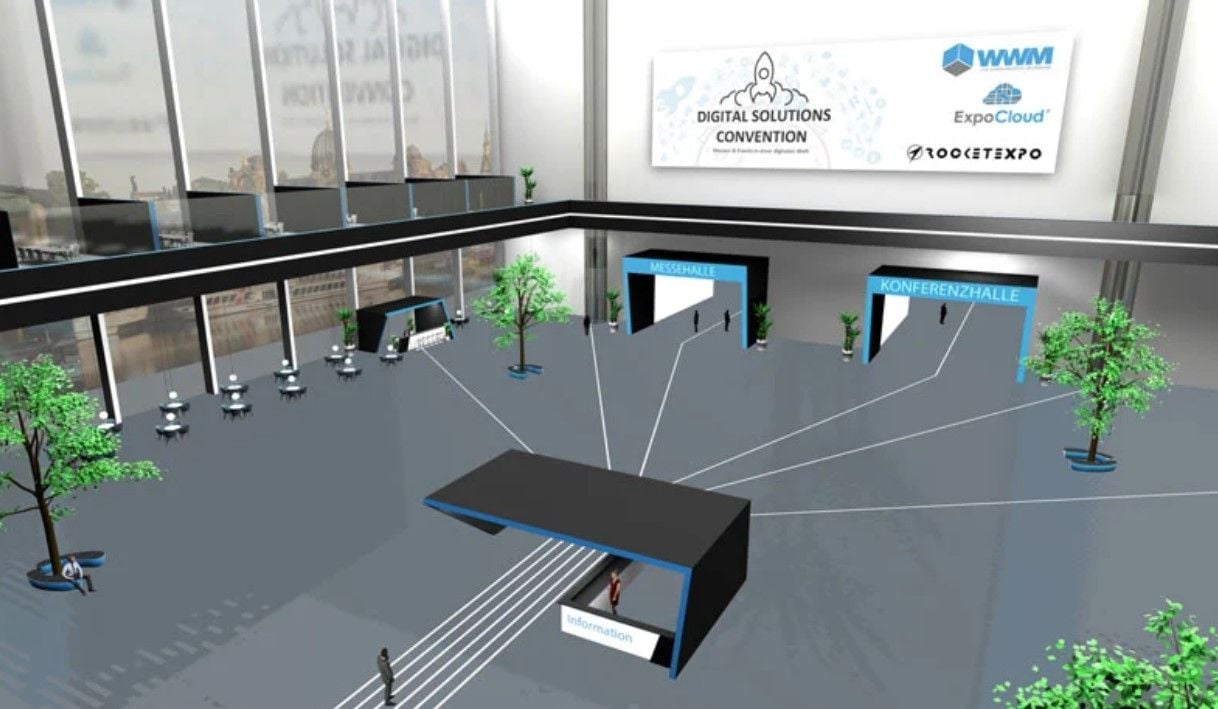Hybrid events - what are they?
In the last 2 to 3 years, the terms “hybrid events” and “hybrid trade fair stand” have become almost impossible to avoid. This has preferably emerged...

After virtual events were put to the acid test during the coronavirus pandemic, organizers are now increasingly staging hybrid events. A hybrid event uses the best of both worlds - real and virtual. However, in order to combine these two event formats in the best possible way and create a successful experience for visitors on site and in front of the screens, there are a number of aspects that need to be taken into account.
The biggest challenge of a hybrid event lies in the communication between all participants. However, the design of the event must also be adapted to the on-site event and the virtual event. You can find out what you need to pay attention to in detail in the various phases of creating a hybrid event in our blog article.
There must be regular communication between the individual agencies (agency for the live event on site and agency for the online event) even before the event. If there is a lack of communication between the agencies, errors can occur that can have an impact on both event formats. It is therefore important that the different agencies get to know each other and train each other on who has which task. These tasks must not only be carried out separately, but must also result in an overall concept. It is advantageous if you make use of single sourcing by having both the physical and virtual event implemented for you by one and the same agency.
A major challenge is to combine both levels of the hybrid event - the real and the virtual world. This step starts with the design of the event. This should be designed to be interesting and appealing for both on-site and online participants. It is important that the design of individual elements has a recognition value so that the two formats are perceived by visitors as a coherent event.
In addition to the design of the event, the appropriate technology must be organized in advance so that all participants (participants, moderators, speakers, etc.) can communicate with each other during the event. It is important that this is tested extensively before the event. The capacities and effects of using different browsers must also be checked in advance.

Particularly during the event, there may be challenges when participating in the online part of the event:
During the event, online participants may experience complications if they do not have a stable internet connection or have made security settings on their end device that prevent them from watching the stream. Many participants underestimate the required performance of their internet connection. In this case, it is advisable to inform participants before the start of the event about how they can best prepare for the event and ensure that they have a good internet connection.
For events with prior registration, it is particularly important that the participant uses the correct e-mail address on the day of the event. The correct e-mail address is the one they have already used to register for the event. To ensure that this hurdle can also be overcome if the participant is attending the event alone from home, support should be available at all times during the event to whom they can turn.
To record a live stream, you need a studio with optimal conditions. Without a suitable studio, the broadcast will not be of good quality. The online viewer will complain about the poor quality or sound. These are mistakes that should be avoided during the event. The participant should leave the event satisfied and not have to cancel it due to a faulty live stream.

In order for both events to become a joint, hybrid event, some thought needs to be given to how the participants can communicate and interact with each other. Questions that are asked on site and online and that can be integrated into the presentation are also very interesting here. The audience can answer and vote on both on site and virtually. The following additional options are available:
Nach der Veranstaltung können Inhalte auf der Online-Plattform geteilt werden. Damit sowohl die Online- als auch Live-Teilnehmer darauf Zugriff erhalten, muss eine solche Information bereits im Vorhinein geteilt werden. Die Nachbereitung der Inhalte sollte zudem kurz nach Beendigung des Events angegangen werden, damit noch ein großes Interesse seitens der Besucher darin besteht.
Nach dem Event soll der Erfolg des Events gemessen werden. Hier besteht die Schwierigkeit darin, den Erfolg der physischen und virtuellen Veranstaltung auseinander zu halten und diese differenziert zu betrachten. Online gibt es viele Möglichkeiten die Customer Journey eines Besuchers festzuhalten. In der physischen Welt wird dies schon etwas schwieriger, jedoch gibt es auch vor Ort Möglichkeiten die Anzahl der Besucher sowie dessen Engagement festzuhalten.

Weitere Informationen über hybride Veranstaltungen erhalten Sie in unserem kostenfreien Whitepaper: Hybride Veranstaltung
Why is it worth holding a hybrid event format despite all the challenges? Although a hybrid event has many challenges, it also has just as many advantages:
The virtual part of your hybrid event will interest visitors who may not have been interested in traveling to the live event on site. An insight into a virtual world can be particularly exciting for a younger target group and can open up a whole new target group that you were previously unable to reach with your events.
A hybrid event and the associated parallel implementation of a physical and virtual event brings with it a number of challenges. However, if the concept of the event is implemented stringently - on site and online - this event format can benefit from the advantages of both worlds and be a great success.

In the last 2 to 3 years, the terms “hybrid events” and “hybrid trade fair stand” have become almost impossible to avoid. This has preferably emerged...

The future of hybrid events In recent years, hybrid events have evolved from a short-term solution to a central component of the event landscape. As...

For a long time, trade fairs were considered to have been spared from digitalization. Face-to-face meetings seemed irreplaceable. Then came the...